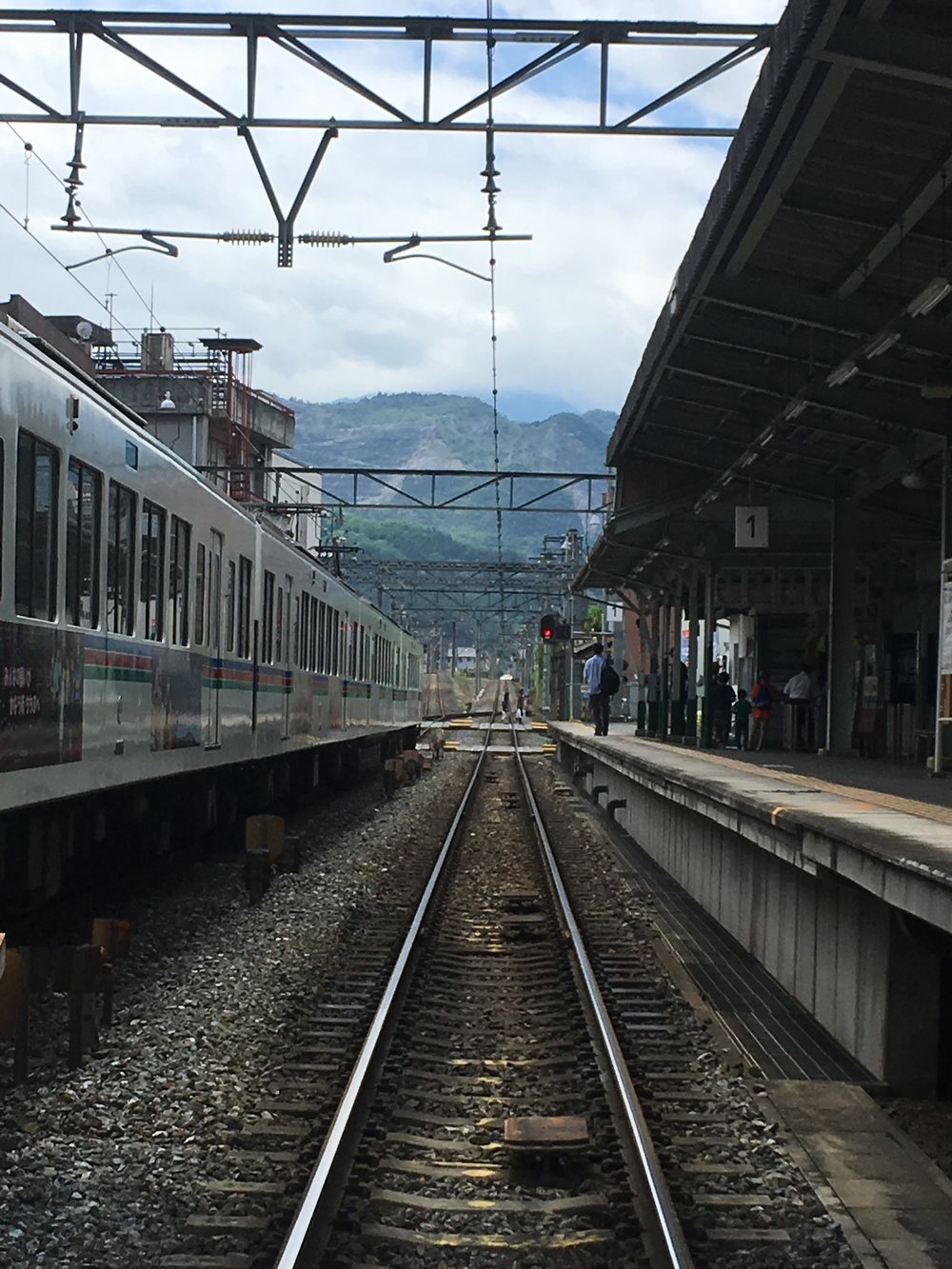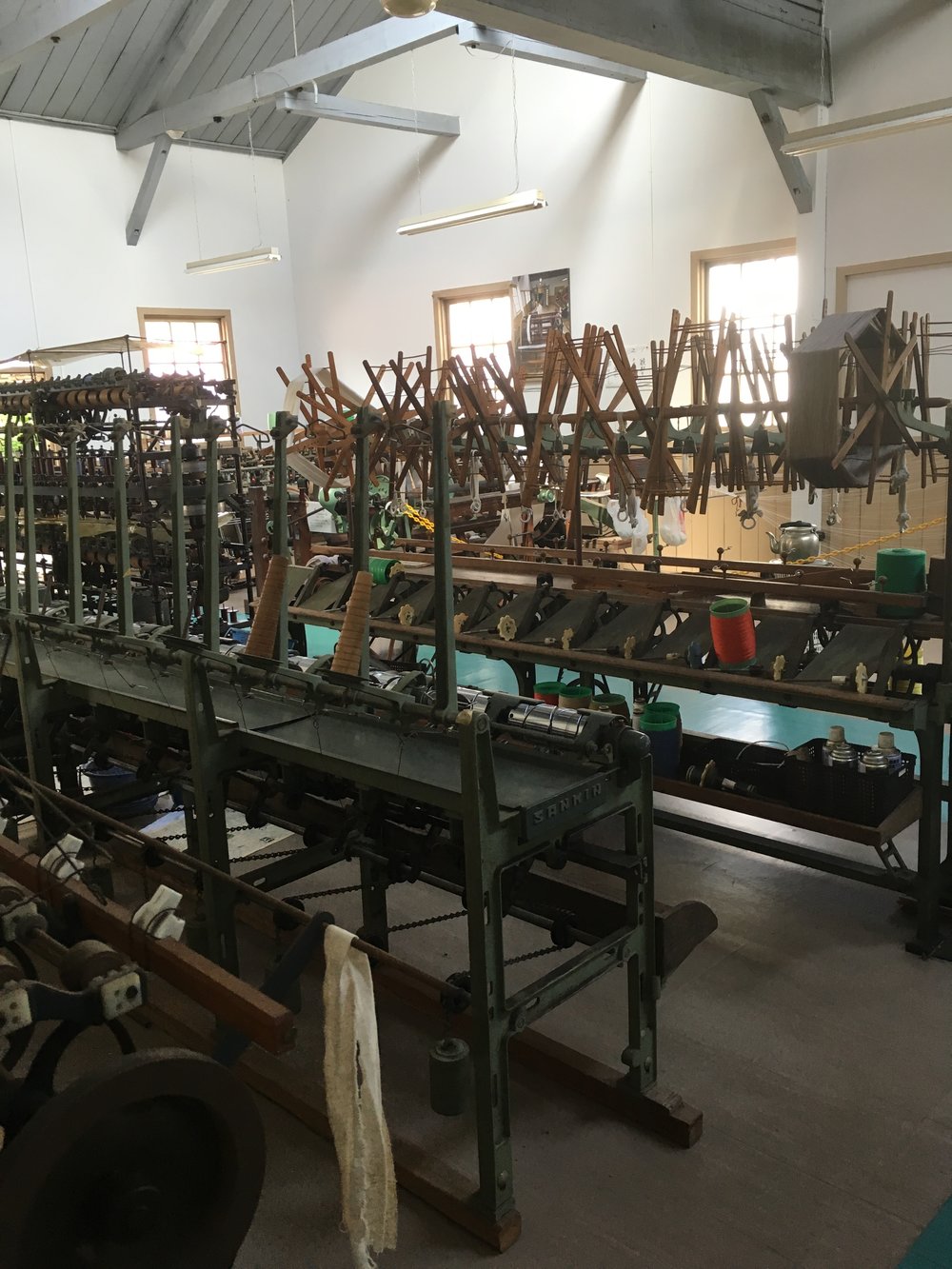Two years ago we went to see an exhibition of meisen kimono and I totally felt in live with this new technique to make more affordable kimonos. I like how it is linked with the societal changes that were occurring at that time, freeing women, and the cultural changes with Japan in between western and traditional cultures. The vibrant colors, the rough patterns are characteristics of meisen, but not only. In the 1930’s there were several regions that were producing meisen. Hachioji and Chichibu are two close to Tokyo. A few month ago, one of our friends moved to Chichibu so it was the perfect occasion to visit her and check the meisen museum and visit the city.
Chichibu is about two hours by train or car from Tokyo in Saitama prefecture. It is a small city nested in a valley where the Arakawa river passes, and surrounded by mountains. The city expanded significantly with ghe meisen industry and a lot of buildings from the Taisho-Showa periods remain. The meisen kan 銘仙館is a former factory. The wooden buildings are really nice and it explains simply the history of meisen and the techniques used to make meisen. They still make meisen with new contemporary patterns. What attracted me to that place was that it is possible to make some meisen: there are three activities cutting-dying-weaving. I really wanted to dye but it was not possible that day so we weaved, and it was fun. Strolling in the city that has many cafes and craft shops was also great. I came back to Tokyo with second hand kimonos and wood furniture… and pumped up with greens and mountain air!









